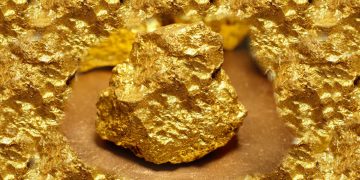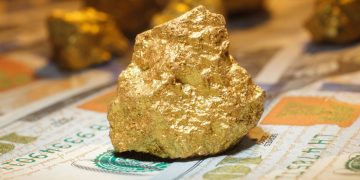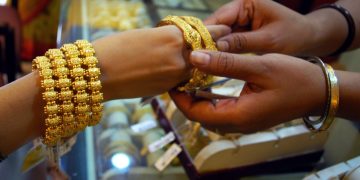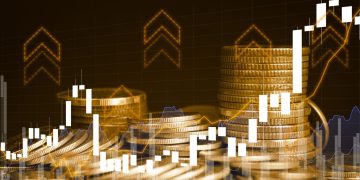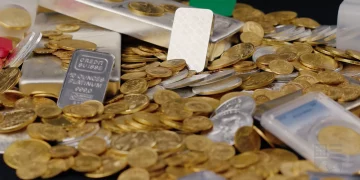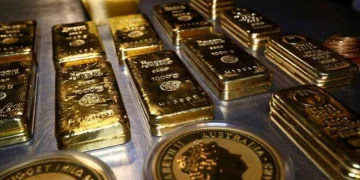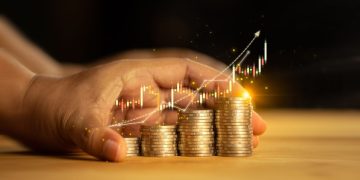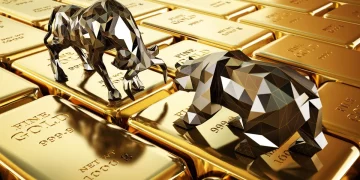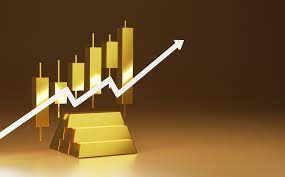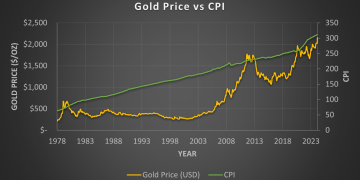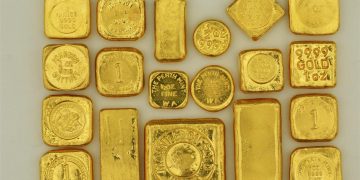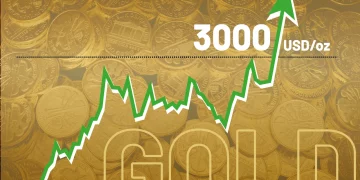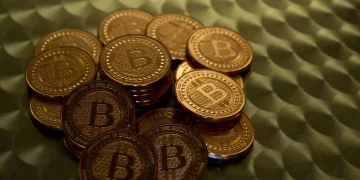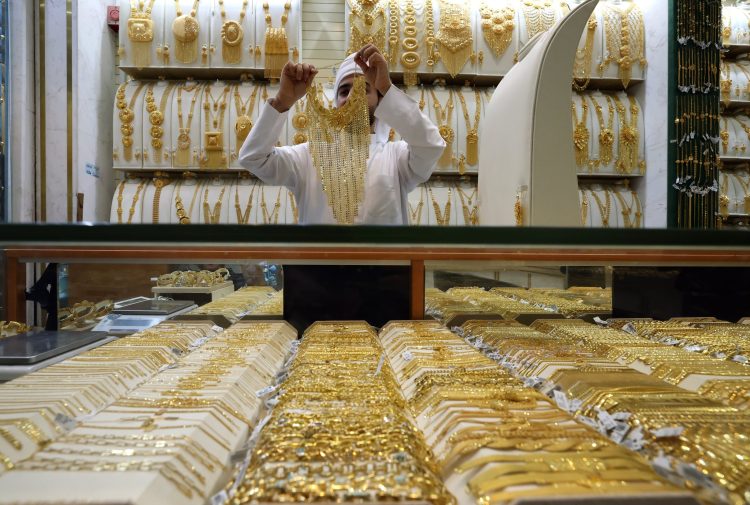Introduction: Understanding Market Bubbles and Their Effect on Gold
Market bubbles are an inevitable feature of financial markets, driven by irrational exuberance, speculative behavior, and the eventual crash when prices fall below their true value. From the dot-com boom of the late 1990s to the 2008 housing market crash and the COVID-19 pandemic-induced market disruptions, asset classes such as equities, real estate, and commodities experience significant volatility during boom-bust cycles. Gold, traditionally viewed as a safe-haven asset, also reacts during these periods, though its behavior is often distinct from that of riskier assets like stocks and real estate.
In this article, we will explore how gold has historically performed in comparison to equities during market bubbles, including the tech bubble, housing crash, and the COVID market crash. By examining how gold behaved during these extreme market conditions, we can better understand whether it is insulated from the effects of market bubbles or if it, too, is subject to the cyclical forces that impact other asset classes. Additionally, we will look at how defensive behaviors in precious metals manifest during periods of market instability and how these patterns can inform investment strategies post-bubble.
Gold vs. Equity Markets During Boom-Bust Cycles
When evaluating how gold reacts to market bubbles, it is crucial to understand the broader context of boom-bust cycles. Market bubbles often coincide with a period of rapid price increases in various asset classes, followed by an equally sharp correction. While equities and real estate typically suffer significant losses during these corrections, the behavior of gold is often more complex, with the precious metal acting as both a hedge and a barometer of investor sentiment.
- Gold During the Tech Bubble (1997-2000)
The late 1990s and early 2000s saw a massive expansion of technology stocks, primarily driven by speculation in the internet sector. The Nasdaq index, heavily weighted with tech stocks, experienced a meteoric rise, attracting retail and institutional investors alike. This period, often referred to as the dot-com bubble, was fueled by optimism about the future of technology and the internet.
However, when the bubble burst in 2000, many tech stocks collapsed, leading to significant losses for investors who had been betting on the continued growth of the sector. While equities suffered heavily, gold’s reaction was more muted. The price of gold remained relatively stable during the early years of the tech bubble, reflecting investor optimism in equities. However, once the tech bubble burst, gold prices began to climb, signaling a shift in sentiment toward risk-averse investments.
Gold’s rally during this time can be attributed to its historical role as a store of value and its ability to hedge against the devaluation of paper assets. As equity investors sought safety after the market crash, demand for gold rose, leading to an increase in its price. This reaction is typical of gold during market corrections: it often sees a delayed surge as investors flock to tangible, non-correlated assets to protect their wealth.
- Gold During the Housing Crash (2007-2008)
The 2007-2008 housing market crash, which triggered the global financial crisis (GFC), is one of the most significant market bubbles in recent history. Driven by subprime mortgages, excessive leverage, and unsustainable housing price increases, the bubble burst in dramatic fashion, leading to widespread defaults, bank failures, and a collapse in global stock markets. The crash was preceded by years of bullish behavior in real estate and mortgage-backed securities, with the financial system’s reliance on these assets exacerbating the fallout.
During the lead-up to the crisis, gold’s performance was relatively subdued. However, once the housing bubble burst and the financial crisis unfolded, gold began to shine. As central banks around the world slashed interest rates and implemented aggressive monetary policies like quantitative easing (QE), the value of fiat currencies weakened, and inflationary pressures mounted. In this environment, gold rose sharply, with the price climbing from around $650 per ounce in 2007 to over $1,000 per ounce by 2009.
The behavior of gold during the housing crash highlighted its role as a hedge against inflation and currency devaluation. While equity markets tanked, and real estate values plummeted, gold flourished as investors sought safety amid fears of a global economic collapse. This period demonstrated how gold could perform well during the aftermath of a market bubble, as it benefited from investor demand for a tangible, inflation-resistant asset.
- Gold During the COVID-19 Crash (2020)
The global market crash triggered by the COVID-19 pandemic was unique in its speed and scope. As governments and central banks implemented lockdowns and stimulus packages, global stock markets plunged, and investors scrambled to adjust their portfolios. The COVID-19 pandemic caused widespread economic disruptions, and the crisis spurred a massive wave of market uncertainty.
Gold’s reaction to the COVID-19 crash was swift and dramatic. The price of gold initially dropped in the early stages of the pandemic, as investors liquidated assets to raise cash in response to the global financial uncertainty. However, after the initial panic subsided and central banks worldwide ramped up monetary stimulus efforts, gold prices surged to new all-time highs, reaching over $2,000 per ounce in August 2020.
The rise in gold prices during the pandemic underscored the metal’s defensive nature in the face of global uncertainty. As central banks cut interest rates to near zero and engaged in expansive monetary policy, the real value of fiat currencies diminished. Investors once again turned to gold as a hedge against the devaluation of paper money and as a store of value during a period of extreme market volatility.
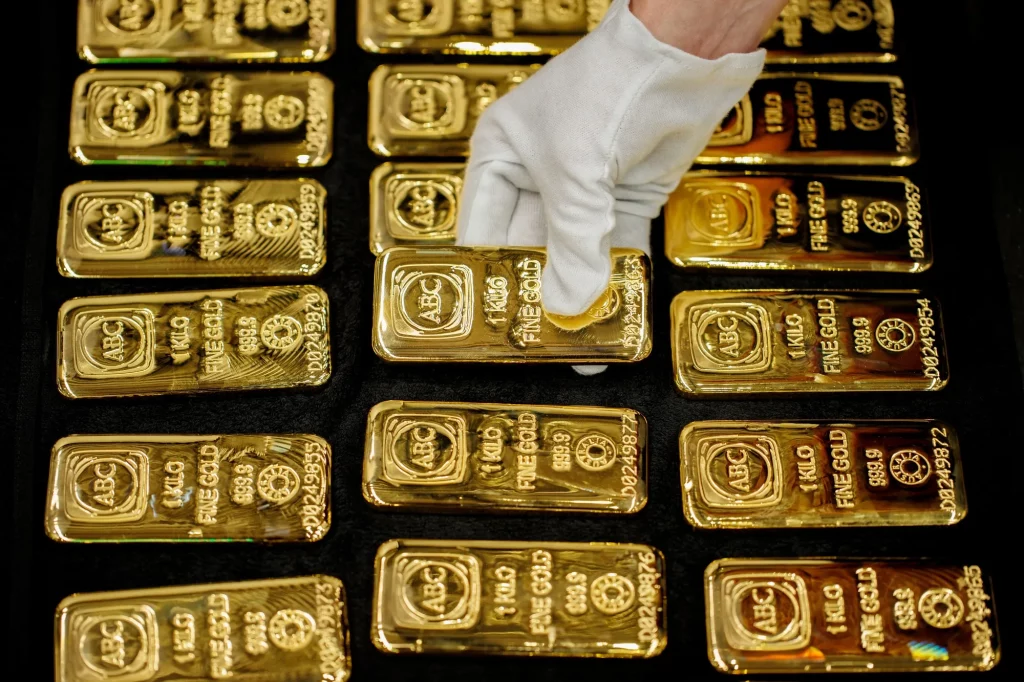
Defensive Behaviors in Precious Metals During Bubbles
Gold’s behavior during market bubbles and subsequent crashes reveals a few important patterns that investors should be aware of when considering precious metals as part of a defensive strategy.
- Gold as a Hedge Against Inflation and Currency Devaluation
During periods of excessive money printing, whether due to financial crises or speculative bubbles, gold tends to rise in value as it serves as a hedge against inflation. Central banks’ response to market instability often involves cutting interest rates and increasing the money supply, which erodes the purchasing power of fiat currencies. Gold, as a tangible asset with intrinsic value, benefits in such environments, making it a critical component of any portfolio during uncertain times.
- Gold as a Non-Correlated Asset
Unlike stocks, bonds, or real estate, gold is typically non-correlated with other financial assets, making it an excellent diversification tool during market bubbles. When other asset classes experience extreme volatility, gold’s price may rise due to safe-haven demand. This characteristic makes it a valuable tool for investors looking to mitigate risk during boom-bust cycles. Even when other assets are in a bubble, gold’s behavior tends to remain more grounded in its role as a store of value rather than speculative investment.
- Gold as a Long-Term Store of Value
While gold may not experience the same sharp rises during speculative bubbles as equities or real estate, it tends to appreciate over the long term, particularly during and after a bubble burst. As markets recover from the aftermath of a bubble, gold’s role as a store of value becomes even more apparent, as it benefits from the renewed interest in tangible assets.
Strategies Derived from Bubble Aftermaths
Investors can learn a great deal from gold’s performance during past market bubbles and crashes. The aftermath of these events provides valuable insights into how to approach precious metals in a diversified portfolio.
- Diversify with Gold During Market Upturns
One of the key takeaways from the performance of gold during past market bubbles is the importance of diversification. While it may not deliver the same explosive returns as equities during bull markets, gold serves as a valuable hedge against potential downside risks. Investors should consider gradually increasing their exposure to gold during periods of market optimism to ensure they have a safe-haven asset in place when the inevitable correction occurs.
- Use Gold as a Buffer Against Market Volatility
After a bubble bursts, the subsequent market correction often results in heightened volatility. In these times, gold can act as a buffer against significant losses. For example, during the housing market crash in 2008, while the stock market lost more than 50% of its value, gold’s price surged, allowing investors to preserve their wealth and avoid the worst of the downturn.
- Monitor Central Bank Policies and Global Risk Events
Given gold’s sensitivity to central bank actions and geopolitical risk, investors should monitor these factors closely. When central banks implement policies like quantitative easing or when global tensions rise, it is often a signal that gold could perform well as a hedge against the weakening of fiat currencies or geopolitical instability.
Conclusion: Is Gold Immune to Market Bubbles?
While gold does not always react in the same way as equities during market bubbles, its defensive nature and role as a store of value make it a valuable asset during periods of market instability. Whether it is the tech bubble, the housing market crash, or the COVID-19 crisis, gold has consistently provided a safe-haven option for investors seeking to preserve their wealth during market downturns.
For investors looking to protect their portfolios from the risks of market bubbles, gold remains an essential component. By diversifying with precious metals and understanding their behavior during boom-bust cycles, investors can ensure they are better prepared for the inevitable volatility that comes with speculative market bubbles.


